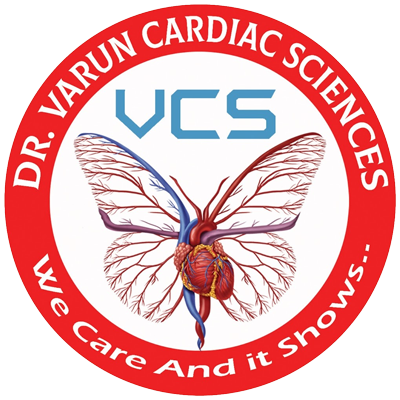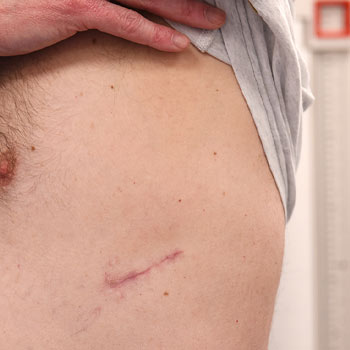Lung resection, a surgical procedure to remove a portion of the lung, is a critical treatment option for various lung conditions, including lung cancer, tuberculosis, and severe chronic obstructive pulmonary disease (COPD). Traditionally, lung resections were performed through open surgery, which involved large incisions and extensive recovery times. However, advancements in surgical techniques have led to the development of less invasive methods, namely Keyhole surgery and Minimally Invasive Lung Surgery (MILS). These modern approaches offer significant benefits in terms of reduced pain, quicker recovery, and improved overall outcomes for patients.
Keyhole Surgery (Video-Assisted Thoracoscopic Surgery - VATS)
Keyhole surgery, also known as Video-Assisted Thoracoscopic Surgery (VATS), is a minimally invasive surgical technique used to perform lung resections. This procedure involves making small incisions, typically between 1 to 3 centimeters, through which a thoracoscope (a tiny camera) and specialized surgical instruments are inserted. The thoracoscope transmits images to a monitor, allowing the surgeon to visualize and operate on the lung tissue with precision.
Advantages of Keyhole Surgery
- Minimized Trauma: The small incisions cause less trauma to the chest wall and muscles compared to traditional open surgery.
- Reduced Pain: Patients typically experience less postoperative pain due to the smaller incisions.
- Faster Recovery: Shorter hospital stays and quicker return to normal activities are common.
- Lower Risk of Complications: Reduced risk of infections and complications associated with large surgical wounds.
Applications of Keyhole Surgery
- Lobectomy: Removal of an entire lobe of the lung
- Wedge Resection: Removal of a small, wedge-shaped portion of the lung
- Segmentectomy: Removal of a segment of the lung
Minimally Invasive Lung Surgery
Minimally Invasive Lung Surgery (MILS) encompasses a range of techniques designed to perform lung resections with minimal incisions and tissue disruption. MILS can include methods like VATS but also incorporates robotic-assisted surgery, which offers enhanced dexterity and precision.
Advantages of MILS
- Enhanced Precision: Robotic-assisted MILS allows for greater control and precision, particularly in complex cases
- Better Outcomes: Studies suggest that MILS can lead to better overall outcomes, including higher survival rates for lung cancer patients
- Cosmetic Benefits: Smaller scars and improved cosmetic results compared to traditional open surgery
- Shorter Hospitalization: Patients often benefit from reduced hospital stays and faster return to daily activities
Applications of MILS
- Robotic-Assisted Lobectomy: Use of robotic systems to remove a lobe of the lung with high precision
- Complex Resections: Suitable for complex lung resections that require meticulous dissection and suturing
Comparison Between Keyhole Surgery and MILS
While both Keyhole surgery (VATS) and MILS are minimally invasive techniques, there are distinct differences between them. Keyhole surgery is primarily performed using a thoracoscope and small incisions, whereas MILS can involve robotic assistance, offering greater dexterity and precision. The choice between these methods depends on various factors, including the specific condition being treated, the patient's overall health, and the surgeon's expertise.
Key Considerations
Patient Selection
Not all patients are suitable candidates for Keyhole or MILS procedures. Factors like tumor size, location, and patient’s medical history play a crucial role.
Surgeon Expertise
The success of these procedures heavily relies on the surgeon's experience and proficiency in minimally invasive techniques.
Technological Availability
Availability of advanced surgical equipment and robotic systems may influence the choice of procedure.
Keyhole surgery (VATS) and Minimally Invasive Lung Surgery (MILS) represent significant advancements in the field of pulmonary surgery. These techniques offer numerous benefits over traditional open surgery, including reduced pain, quicker recovery, and improved patient outcomes. As technology continues to evolve, the future of lung resection looks promising, with even less invasive methods on the horizon, further enhancing the quality of life for patients undergoing lung surgery.
For patients considering lung resection, it is essential to consult with a specialized thoracic surgeon to determine the most appropriate surgical approach based on individual circumstances and medical needs.

